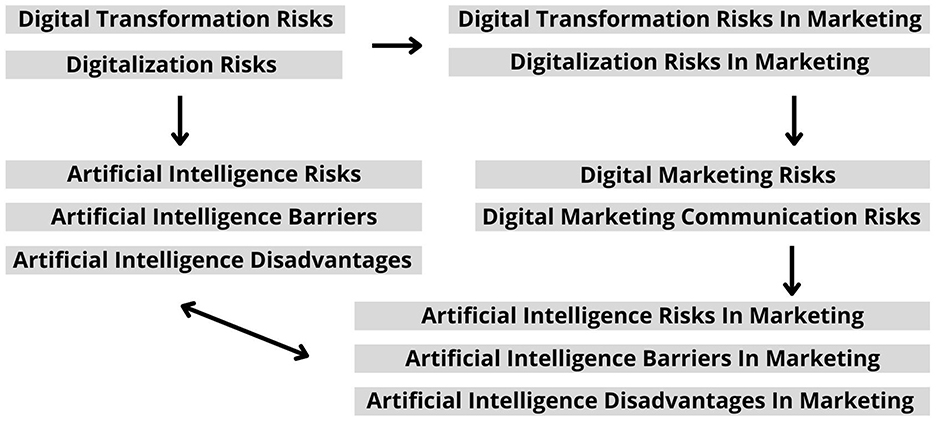
Digital marketing continues to be a vital catalyst for growth and competitiveness in 2025, characterized by an ever more dynamic and varied business landscape. For companies in Singapore, especially small and medium-sized enterprises (SMEs), investing in digital marketing has transformed from an option into a necessity. In response, the Singapore government has introduced initiatives to support businesses in adopting digital strategies. For instance, Enterprise Singapore provides the Productivity Solutions Grant (PSG), intended to offset up to 50% of expenses related to digital marketing services such as search engine optimization (SEO) and social media marketing. This highlights the critical importance of digital marketing in assisting businesses to develop their brands and engage with customers.
However, simply executing campaigns on different platforms is inadequate. The real advantage of digital marketing is revealed through cross-channel integration, where each platform collaborates to forge a seamless customer journey. Whether a client finds your brand via a Google search, social media, or a blog article, the experience must feel cohesive and interconnected. This article examines how collaborating with a digital marketing firm in Singapore can enable businesses to reach this level of integration, resulting in wider outreach and enhanced customer relationships.
1) **Crafting a Cohesive Strategy**
One major advantage of partnering with a digital marketer is obtaining a cohesive strategy from the outset. Rather than treating each platform as an independent project, skilled marketers will delineate how search, social media, email, and content synergize towards a unified business goal. This guarantees that every initiative aligns with the same primary objective, whether it’s about increasing awareness, generating leads, or driving sales.
For example, during a product launch, a marketer could devise a plan where Facebook ads create initial interest in the product amongst a broad audience, Google search ads engage individuals actively looking for it, and email campaigns nurture leads who have indicated interest. Each channel plays a specific role, yet they all remain interconnected within the same overarching strategy.
2) **Ensuring Consistent Branding and Messaging**
Digital marketers enhance value by ensuring consistent branding and messaging. Businesses often face difficulties when different teams or platforms communicate conflicting signals, which can confuse customers. A marketer guarantees that your brand’s voice, visuals, and key messages are uniform across all interactions.
As a result, if someone views your advertisement on Instagram and subsequently visits your website, the tone, colors, and messaging will feel familiar and mutually reinforce each other. This level of consistency fosters trust, making your brand more memorable and preventing customers from doubting whether they are interacting with the same entity.
3) **Leveraging Data to Connect Channels**
Digital marketers have the know-how to monitor and interpret customer behavior across various platforms. Utilizing analytics tools, they can track how customers navigate from one channel to another and identify points where they typically disengage. With these insights, they can refine your strategy to ensure each platform complements the others.
For instance, if data reveals that most customers initially come across your brand on Google but finalize purchases after seeing a retargeting ad on Facebook, a marketer will focus efforts on those touchpoints. They will ensure your search ads attract interest while your social ads provide the crucial nudge to convert.
4) **Tailoring Content for Each Platform**
Integration does not imply posting identical content uniformly across all platforms. A competent digital marketer will adjust your content to fit each platform’s unique characteristics while maintaining overall message coherence. This approach ensures your business appears polished and relevant, no matter where customers engage with you.
For example, a blog post could be distilled into a concise LinkedIn update aimed at professionals and reimagined as a visually captivating infographic for Instagram. While the format adapts to suit the platform, the narrative and message remain consistent.
5) **Synchronizing Campaign Timing**
Timing plays a critical role in creating a seamless customer experience. Digital marketers align campaign launches so that messages across platforms unfold in harmony, reinforcing each other rather than appearing fragmented. This strategy enhances the effectiveness and visibility of your marketing endeavors.
During a promotional period, for instance, you can coordinate the rollout of Google search ads, email notifications, and Facebook campaigns. By thoughtfully timing reminders, customers will encounter a cohesive narrative instead of disparate advertising elements.
6) **Executing Retargeting Across Channels**
Numerous businesses fail to effectively follow up, resulting in lost potential customers. A digital marketer can address this by creating retargeting campaigns on multiple platforms, ensuring your brand stays in view for individuals who have already shown interest.
For example, if someone visits your website through a search advertisement but leaves without making a purchase, they may later encounter your brand again on Instagram, this time along with a special promotion. Consistent follow-up across platforms increases visibility and significantly boosts the likelihood of conversion.
7) **Ongoing Monitoring and Refinement**
Cross-channel integration is not a one-off task. Working alongside a digital marketer entails continuously monitoring performance, comparing results across platforms, and making adjustments to guarantee smooth operations. Their expertise enables your campaigns to stay effective as customer behaviors and trends evolve.
If newsletter campaigns demonstrate higher engagement than Facebook ads, for instance, a marketer might decide to allocate more resources towards email while ensuring social media content remains cohesive. Customers should receive a unified message, no matter which channel they interact with.
